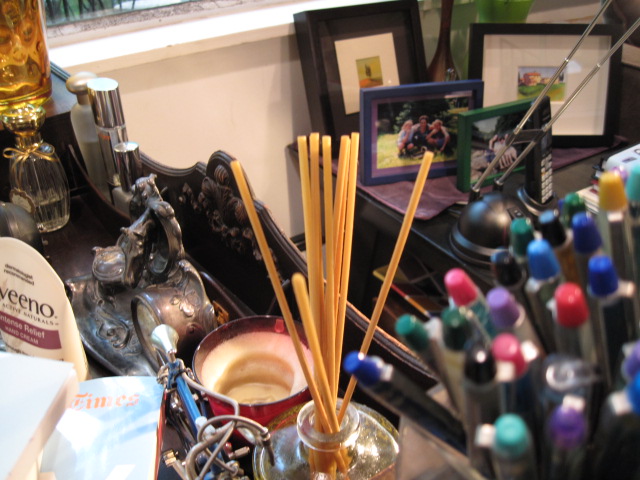Let’s face it. Making a change involves taking risks. No matter the size of the risk, you’ll need the courage to dive into unknown waters. Your risk tolerance level will influence how easy or challenging it will be to pursue change. If you are comfortable taking risks, you will more likely welcome change and take necessary actions without too much deliberation. If you are risk-averse, change is still possible, but the journey will be more difficult.
Risk Tolerance Scale
Your response will vary depending on the scenario and type of risk. Consider your risk tolerance level concerning change using a scale from 1 to 10.
1 = Risk-Averse: Reluctant to take risks
10 = Risk-Taker: Eager to take risks
Imagine the change you want is to have less clutter in your home. Part of that process will include editing and releasing things. Using the Risk Tolerance Scale, you recognize how easily you can let go of junk mail and old newspapers. You give yourself a 10 because you can recycle them without much thought. However, when it comes to mementos, you struggle to make decisions because of your emotional attachments. You feel a sense of loss when letting go of things from the past, and give yourself a 2.
Preparing for Change
There are a few ways to facilitate change. Using the example above, refer to the Risk Tolerance Scale to identify the areas that feel less risky to work on, like junk mail and newspapers. As you build confidence and progress in those areas, you’re preparing to tackle the more challenging things next.
Another idea, which is especially helpful in risk-averse scenarios, is to ask the question,
What risk are you happy you took?
Revisiting risks you handled in the past that had successful outcomes will help build confidence in taking new risks and making changes. Invest time in remembering.
“Making a change involves taking risks.”
Taking Risks in Pursuit of Change
There’s no question that when we pursue change, letting go occurs. This can include physical stuff, places, people, or ideas. During a recent virtual organizing session, my client shared something while gently releasing a category of papers from the past. It spoke to one of the benefits of embracing risk in pursuit of change and was so moving. She said,
“I’m letting go of part of my life that is no longer part of my life.”
What an insightful recognition that in moving forward and embracing change, you can let go of those things that no longer have a place in your present.
How does your risk tolerance level influence the changes you seek? In what ways have you noticed a connection? I’d love to hear your thoughts. I invite you to join the conversation.





